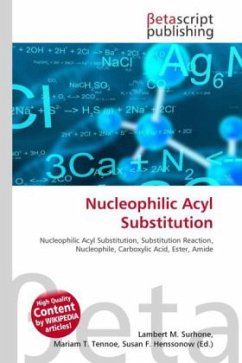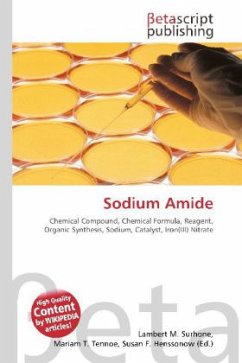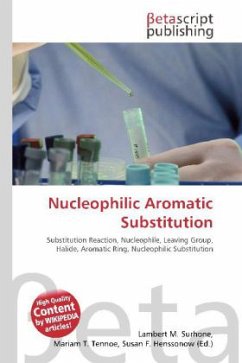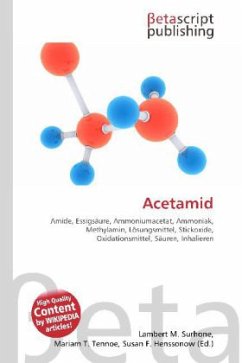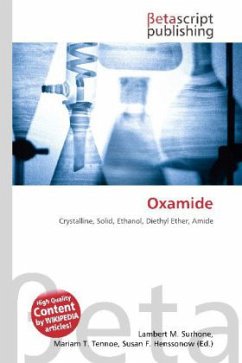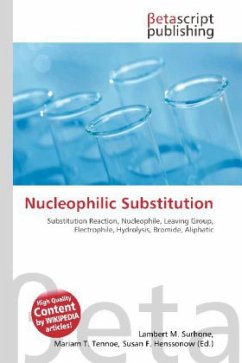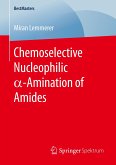Please note that the content of this book primarily consists of articles available from Wikipedia or other free sources online.Nucleophilic acyl substitution describes the substitution reaction involving nucleophiles and acyl compounds. Acyl compounds are carboxylic acid derivatives including esters, amides and acid halides. Nucleophiles include anionic reagents such as alkoxide compounds and enolates or species of high basicity, such as amines .The reaction of a nucleophile with a polar carbonyl group such as a ketone or an aldehyde results in nucleophilic addition with a tetrahedral alkoxide as primary reaction product. However, in acyl compounds the carbonyl group is bonded to a substituent that can act as a leaving group. Upon attack of the nucleophile at the carbonyl group, as before, a tetrahedral intermediate is formed with the nucleophile, the leaving group and the oxygen anion attached to the central carbon atom. The alkoxy group can now revert back to the carbonyl groupand at the same time expel the leaving group. The nucleophile has taken the position previously occupied by the leaving group.
Bitte wählen Sie Ihr Anliegen aus.
Rechnungen
Retourenschein anfordern
Bestellstatus
Storno

